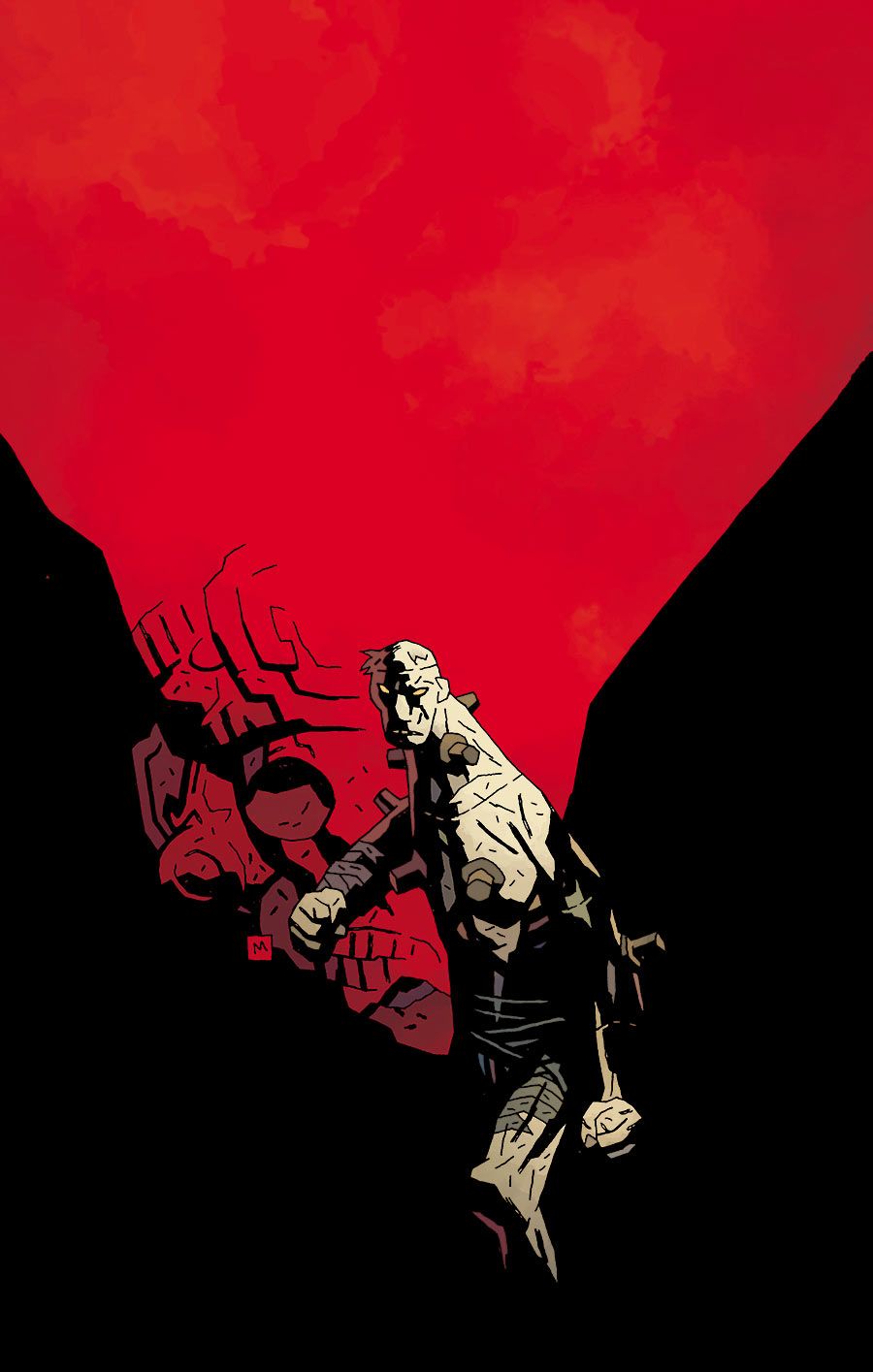In "Frankenstein Underground" #1, writer Mike Mignola and artist Ben Stenbeck introduce the readers to the Frankenstein monster in Mexico in 1956. The patchwork monstrosity happens across an elderly woman in a temple and collapses under the duress of gunshot wounds.
The elderly woman serves as a McGuffin, healing the monster and encouraging him to share a quick recap of his perils and plights. Three pages of flashback panels bring Mignola's story back to the present day where readers learn they are not the only ones watching these events transpire.
The Marquis Adoet de Fabre makes an appearance and dispatches a servant to retrieve the monster. His servant, Iblifika, serves as another plot device, giving Mignola ample opportunity to finish the expository bits in "Frankenstein Underground" #1 without heavy-handedly stacking story beats on top of one another. The flashbacks and the Marquis' machinations provide plenty of opportunity for action and excitement in this tale, as nothing goes particularly well for any of the participants. Mignola makes it quite clear to the reader that, despite carrying cover recognition, Frankenstein's most famous creation is not guaranteed any victories or even any happiness and that he seeks something he cannot even label.
The adventures that Mike Mignola writes are best served with a side of shadows, and "Frankenstein Underground" #1 is no exception. Stenbeck's characters are considerably more animated in their appearances than Mignola's figures, and the shadows here are less pervasive but still linger and hang a dark, moody cloud around the visuals of this comic to echo the moodiness in Mignola's tale. Stenbeck gives everyone rugged edges and gritty detail, making even the monster seem realistic and tangible. He hangs the shadows for dramatic effect and is unafraid of darkening faces to express emotion just as thoroughly as any drawn expression could. Clem Robins' letters, which are loud and bold, accent the story, staying out of the way when necessary and amplifying the emptiness present in so many of these characters. Mignola keeps the text sparse to allow Stenbeck's figures room to roam, emote and act. Dave Stewart's colors are shadowy and earthy, as befits the tale, and the flashback coloring is mostly subdued, like fading memories draining from the mind's eye.
Like the monster from DC's own "Frankenstein, Agent of S.H.A.D.E.," this monster is restless yet weary, but that is where Mignola ceases bridging comparisons between the two. For readers more deeply invested in the world of Hellboy and the B.P.R.D., this comic is sure to deliver a more impactful story but, for the newly initiated, this is a strong -- if somewhat murky -- introduction. "Frankenstein Underground" #1 opens a little fuzzy but appears to set the series up for a slow burn.

